Back to Courses
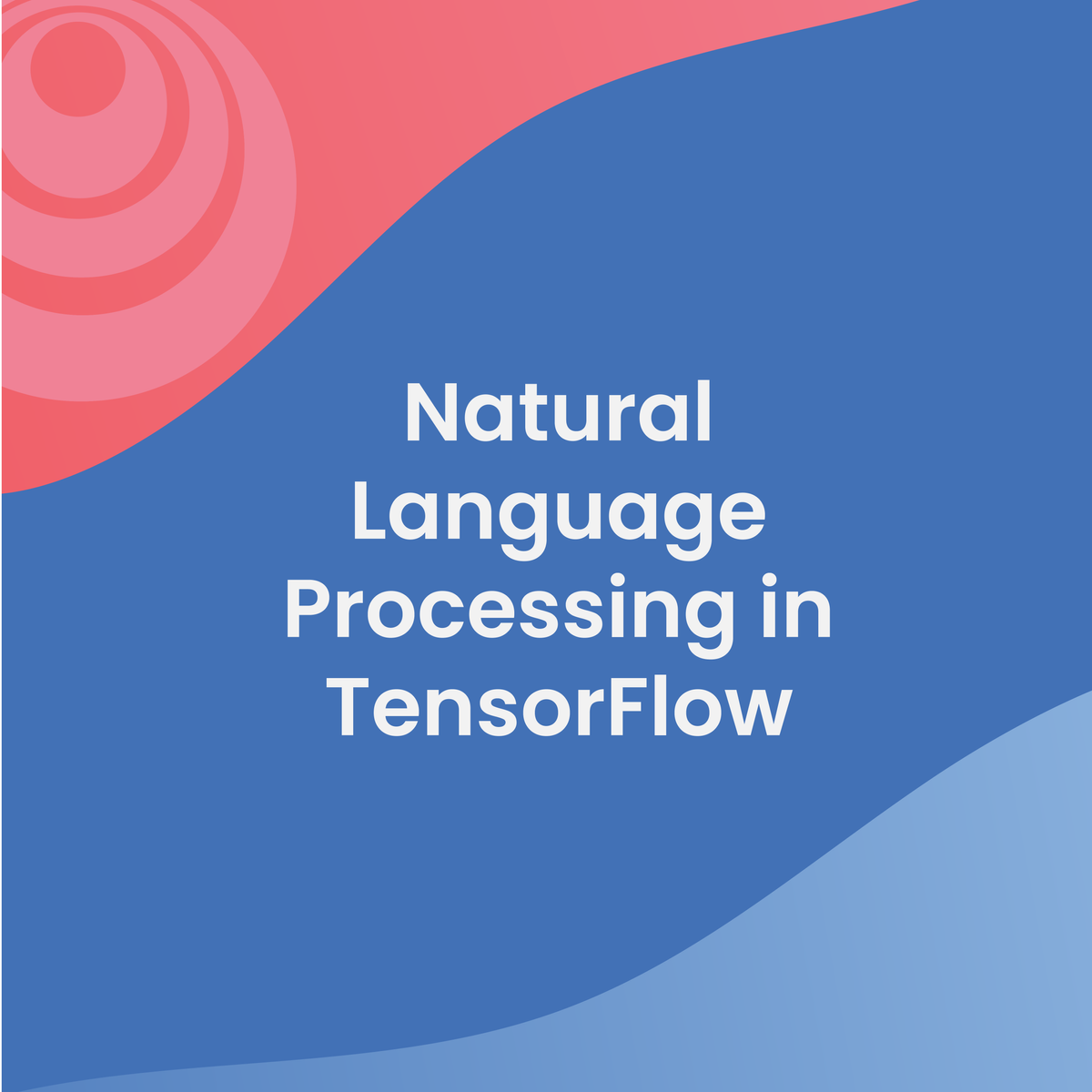
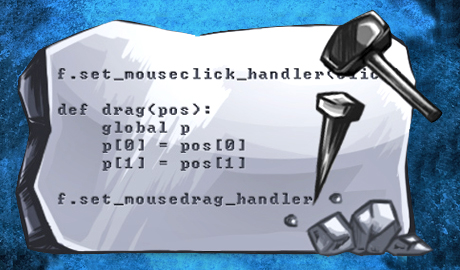
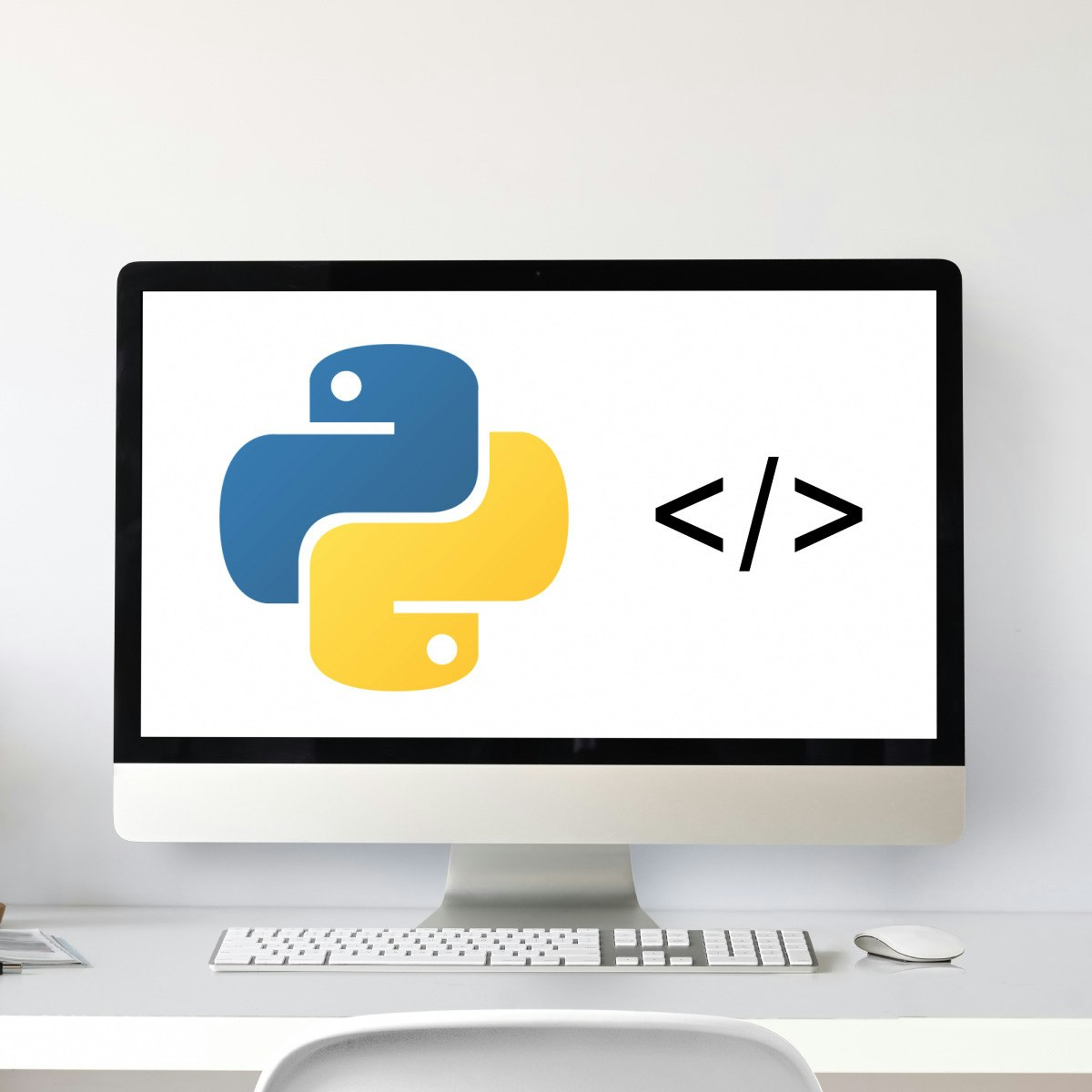
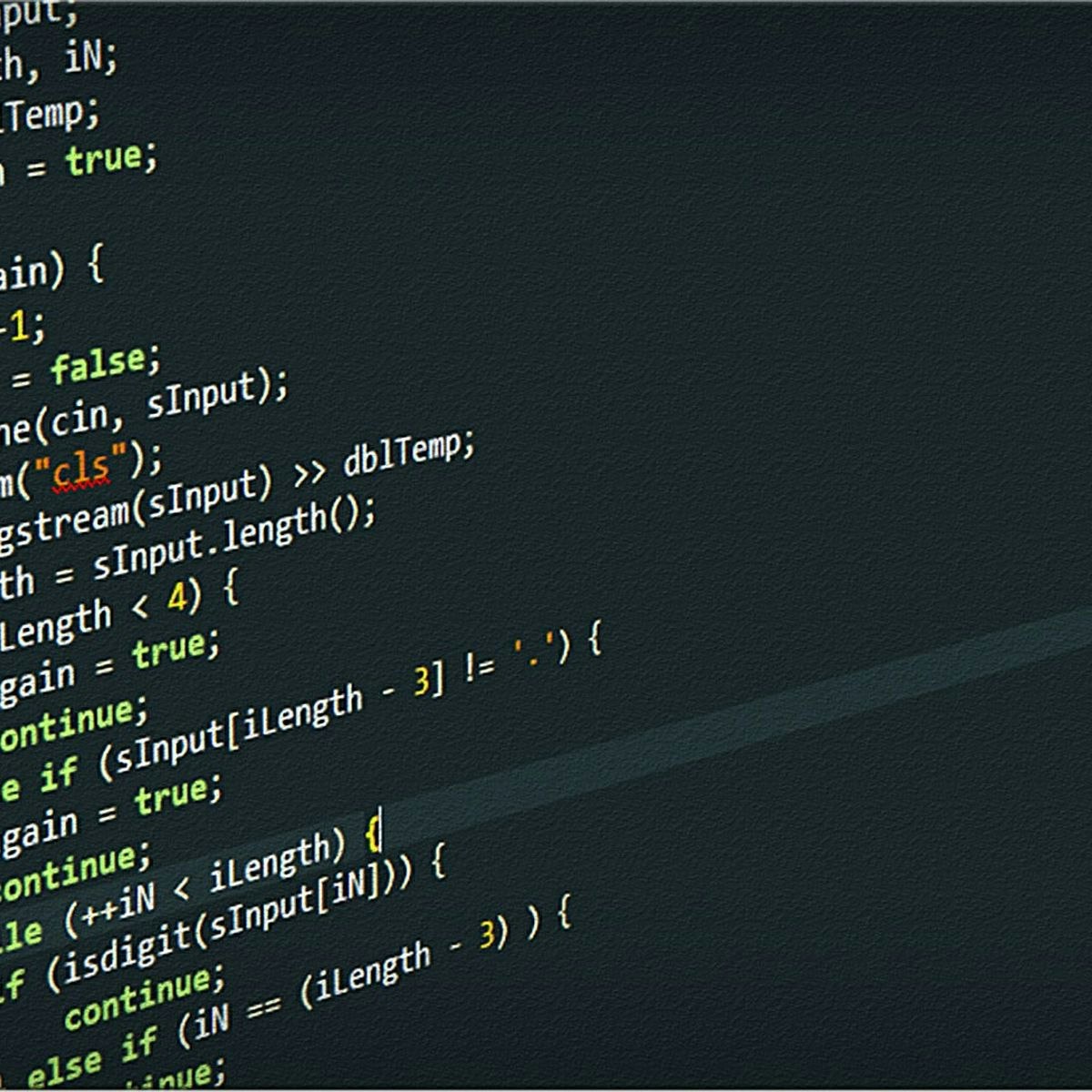



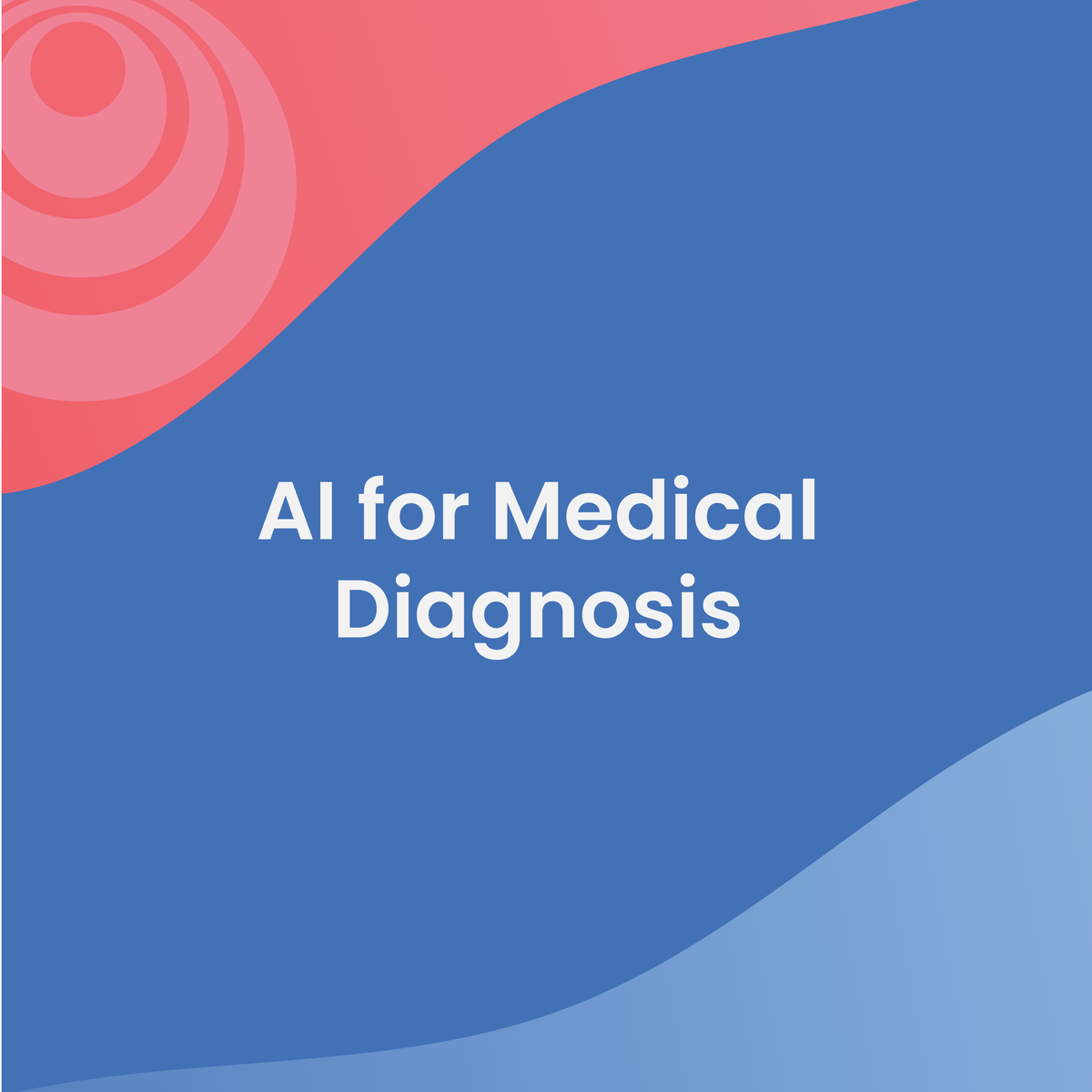

Software Development Courses - Page 97
Showing results 961-970 of 1266

Concepts in Python: Loops, Functions and Returns
By the end of this project, you will create a number of examples that will develop your learning around concepts in Python. This course will enable you to take your beginner knowledge of Python to the next level by incorporating loops, functions, and returns into your programming. Thus, you will be able to develop more complex code and be able to solve more difficult problems. This course will provide students with the knowledge behind different concepts in Python such as loops, methods, and returns which will enable you to write high-quality code.
Thus, ensuring that your code is efficient and robust which is an essential aspect of writing high-quality code. This project will take students through a number of examples demonstrating the most useful Python concepts. You will gain an understanding of these concepts from the in-depth examples provided.

Natural Language Processing in TensorFlow
If you are a software developer who wants to build scalable AI-powered algorithms, you need to understand how to use the tools to build them. This Specialization will teach you best practices for using TensorFlow, a popular open-source framework for machine learning.
In Course 3 of the deeplearning.ai TensorFlow Specialization, you will build natural language processing systems using TensorFlow. You will learn to process text, including tokenizing and representing sentences as vectors, so that they can be input to a neural network. You’ll also learn to apply RNNs, GRUs, and LSTMs in TensorFlow. Finally, you’ll get to train an LSTM on existing text to create original poetry!
The Machine Learning course and Deep Learning Specialization from Andrew Ng teach the most important and foundational principles of Machine Learning and Deep Learning. This new deeplearning.ai TensorFlow Specialization teaches you how to use TensorFlow to implement those principles so that you can start building and applying scalable models to real-world problems. To develop a deeper understanding of how neural networks work, we recommend that you take the Deep Learning Specialization.
An Introduction to Interactive Programming in Python (Part 1)
This two-part course is designed to help students with very little or no computing background learn the basics of building simple interactive applications. Our language of choice, Python, is an easy-to learn, high-level computer language that is used in many of the computational courses offered on Coursera. To make learning Python easy, we have developed a new browser-based programming environment that makes developing interactive applications in Python simple. These applications will involve windows whose contents are graphical and respond to buttons, the keyboard and the mouse.
In part 1 of this course, we will introduce the basic elements of programming (such as expressions, conditionals, and functions) and then use these elements to create simple interactive applications such as a digital stopwatch. Part 1 of this class will culminate in building a version of the classic arcade game "Pong".

Python Project for AI & Application Development
This mini-course is intended to apply foundational Python skills by implementing different techniques to develop applications and AI powered solutions. Assume the role of a developer and unit test and package an application with the help of multiple hands-on labs. After completing this course you will have acquired the confidence to begin developing AI enabled applications using Python, build and run unit tests, and package the application for distribution.
PRE-REQUISITE: **Python for Data Science, AI and Development** course from IBM is a pre-requisite for this project course. Please ensure that before taking this course you have either completed the Python for Data Science, AI and Development course from IBM or have equivalent proficiency in working with Python and data.
NOTE: This course is not intended to teach you Python and does not have too much instructional content. It is intended for you to apply prior Python knowledge.

Introduction to C Programming Variables Input Output
In this project you will implement a program using C that demonstrates the basic data types and how to input and output them.
The C programming language is the basis for many other programming languages. Its syntax has been used in languages such as C++, Java, and C# to name a few. It is still the language of choice for writing Operating systems, games, and many other applications where performance is critical.
Note: This course works best for learners who are based in the North America region. We’re currently working on providing the same experience in other regions.

Create a Connect Four Game in Python using Pygame
In this 1-hour 30 minutes long project-based course, you’ll be able to create a connect four game in python using python’s popular library Pygame. You will learn about most of pygame’s functions and modules. You'll be able to implement the connect four game logic. You’ll be able to insert drawings, images and texts into your game. You’ll be able to handle events and react to them being activated and finally, you’ll be able to take input from the user.
Pygame is a set of python modules designed for writing video games. It allows you to create a fully featured game and multimedia programs in the python language. It’s also free, highly portable and runs on nearly every platform and operating system.
Python is a popular, high-level, general purpose, dynamic programming language. It is versatile, easy to pickup and learn, readable, and well-structured. You can find a library for basically anything you could imagine: from web development, through game development, to machine learning.
Note: This course works best for learners who are based in the North America region. We’re currently working on providing the same experience in other regions.

Introduction to Concurrent Programming with GPUs
This course will help prepare students for developing code that can process large amounts of data in parallel. It will focus on foundational aspects of concurrent programming, such as CPU/GPU architectures, multithreaded programming in C and Python, and an introduction to CUDA software/hardware.

JavaScript Debugging Tips for Beginners
By the end of this project you will have used several techniques for debugging JavaScript code. Locating and fixing errors in JavaScript can be very challenging since JavaScript doesn’t necessarily display error messages. To help with the debugging process, you will practice with a few simple tools, like desk-checking and JavaScript alerts. And, you will be introduced to some of the debugging tools built into the Chrome browser.
Note: This course works best for learners who are based in the North America region. We’re currently working on providing the same experience in other regions.

AI for Medical Diagnosis
AI is transforming the practice of medicine. It’s helping doctors diagnose patients more accurately, make predictions about patients’ future health, and recommend better treatments. As an AI practitioner, you have the opportunity to join in this transformation of modern medicine. If you're already familiar with some of the math and coding behind AI algorithms, and are eager to develop your skills further to tackle challenges in the healthcare industry, then this specialization is for you. No prior medical expertise is required!
This program will give you practical experience in applying cutting-edge machine learning techniques to concrete problems in modern medicine:
- In Course 1, you will create convolutional neural network image classification and segmentation models to make diagnoses of lung and brain disorders.
- In Course 2, you will build risk models and survival estimators for heart disease using statistical methods and a random forest predictor to determine patient prognosis.
- In Course 3, you will build a treatment effect predictor, apply model interpretation techniques and use natural language processing to extract information from radiology reports.
These courses go beyond the foundations of deep learning to give you insight into the nuances of applying AI to medical use cases. As a learner, you will be set up for success in this program if you are already comfortable with some of the math and coding behind AI algorithms. You don't need to be an AI expert, but a working knowledge of deep neural networks, particularly convolutional networks, and proficiency in Python programming at an intermediate level will be essential. If you are relatively new to machine learning or neural networks, we recommend that you first take the Deep Learning Specialization, offered by deeplearning.ai and taught by Andrew Ng.
The demand for AI practitioners with the skills and knowledge to tackle the biggest issues in modern medicine is growing exponentially. Join us in this specialization and begin your journey toward building the future of healthcare.

Automate Approval Process with SharePoint & Power Automate
Imagine working in a car rental company that has a manual system for keeping track of the cars that are currently rented out. Can you imagine all that paperwork and having to chase your manager across the office to approve each car rental request? Thankfully, with technology we can put many manual processes under control and automate almost everything.
This intermediate-level guided project, “Automate Approval Process with SharePoint & Power Automate” is for any business professional who is looking to automate any kind of a business approval process and has some prior knowledge of Excel formulas.
In this Intermediate-level guided project, you will create a SharePoint site and lists, and use Power Automate to automate approval process for car rental requests by employees. You will also make a calendar which will show when the cars are rented out, and you will learn to create flows that send reminders to the managers. What’s great about SharePoint and Power Automate is that anyone can learn to use them regardless of their educational background!
Since this project uses Power Automate (part of the Microsoft Power Platform), you will need access to a Microsoft account and a Microsoft 365 Developer Program subscription. In the video at the beginning of the project you will be given instructions on how to sign up for both, as well as how to set up SharePoint. The SharePoint set up might take up to 2 hours to complete, so please take that into account.
If you are ready to make your and your colleagues' lives easier by starting to automate manual, time-consuming processes that are hard to track, then this project is for you! Let's get started!
Popular Internships and Jobs by Categories
Browse
© 2024 BoostGrad | All rights reserved


